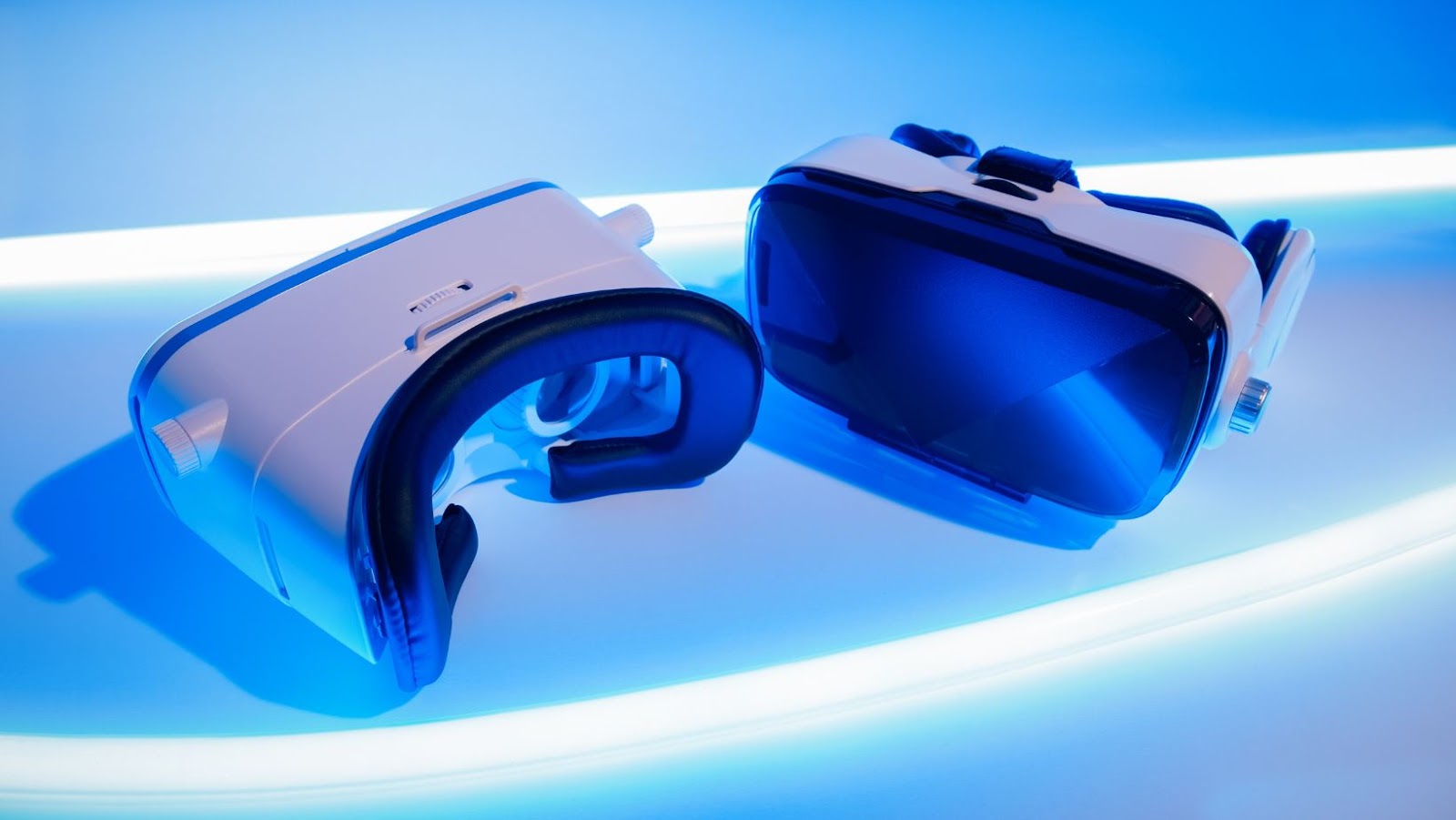 VR Gadgets Price
VR Gadgets Price
Among the VR devices, the Oculus Quest 2 stands as an affordable option. Retailing under $300, this standalone headset balances cost and quality. Another wallet-friendly alternative includes smartphone-powered VR devices. Certain models, pegged at under $100, simply require proper alignment of a compatible phone. Accessories enhance the VR experience. While inexpensive, standalone gloves or treadmills round up at a few hundred dollars each. These price tags don’t compromise functionality, offering an immersive VR experience within financial reach.
Stepping towards pricier territory, tethered headsets take the spotlight. HTC’s VIVE Pro, a notable example, exceeds $1000. These high-end versions demand a significant investment, but reward users with superior quality, resolution, and response times. VR suits, extending the realm beyond haptic gloves and simple treadmills, add another dimension of immersion but significantly add to the cost. Prospective customers must weigh these benefits against the associated financial commitment. Through this lens, pricey VR gadgets demonstrate flagship features that justify their top-tier price points.
 Factors Influencing the Price of VR Gadgets
Factors Influencing the Price of VR Gadgets
In the realm of VR Gadgets Price, several elements impact the price point. This section explores the key aspects, namely hardware quality and software features, which dictate the cost of these devices.
Hardware quality exerts a significant influence on the price of VR gadgets. High-performance devices, such as high-end tethered headsets, prioritize state-of-the-art technology in their composition. They boast superior resolution, refresh rate, and field of view.
For instance, the HTC VIVE Pro champions a high resolution of 2880 x 1660 pixels, while Oculus Quest 2 maintains an impressive resolution of 1832 x 1920 pixels per eye. Additionally, these devices house powerful processors and ample memory to ensure seamless operation and real-time response. These quality components drive the price of high-end VR devices upwards, exceeding $1,000 in most scenarios. On the other hand, affordable VR options like Google Cardboard compromise on such high-quality components, consequently bringing down the cost under $100 but limiting the user experience.
The quality and variety of supported software and features also play a decisive role in establishing VR gadget prices. Premium VR devices come preloaded with a suite of proprietary software that enhances the immersive experience by offering superior games, applications, and responsive controls. For instance, Oculus Quest 2 offers Oculus Link, which enables users to enjoy PC VR games. Additionally, some high-end VR headsets, like HTC VIVE Pro, come equipped with room-scale tracking that allows movement in a 3D space, thus ramping up the user experience and subsequently, the price.
However, budget-friendly VR gadgets, such as smartphone-powered VR devices, rely on third-party apps for content, and may not offer immersive features like room-scale tracking. While this makes them a cost-effective option—typically priced under $100—it also limits the consumer experience, rendering them unfit for professional gaming or advanced VR application.
 Comparing Popular VR Gadgets
Comparing Popular VR Gadgets
The Oculus Rift S, priced around $400, showcases significant performance capability. It raises the bar in terms of visual fidelity compared with more affordable models. Offering a crisp resolution of 2560 x 1440 pixels, it provides a wide field of view and refreshing rates of up to 80Hz. This bit of data translates to clear, seamless virtual experiences, or it justifies the price for VR enthusiasts.
Boasting more than 500 games and experiences, the Sony Playstation VR, priced around $350, offers a gateway into an immersive virtual world. While its 1920 x 1080 pixels resolution might be lower, it compensates with an impressive refresh rate of up to 120Hz. The headset’s extensive game library, added to its high-refresh-rate performance, makes it an attractive offering for PS4 owners and gamers primarily.
On the high-end spectrum, the HTC VIVE Cosmos, with a price around $700, provides premium features to match its lofty price tag. Offering a super-sharp resolution of 2880 x 1700 pixels – the highest among the devices featured here – and up to 90Hz in refresh rates, it caters to users seeking top-quality VR experiences. Additionally, its unique modular faceplate design allows for significant customization and hardware upgrades, cementing its place as a top-tier virtual reality gadget.